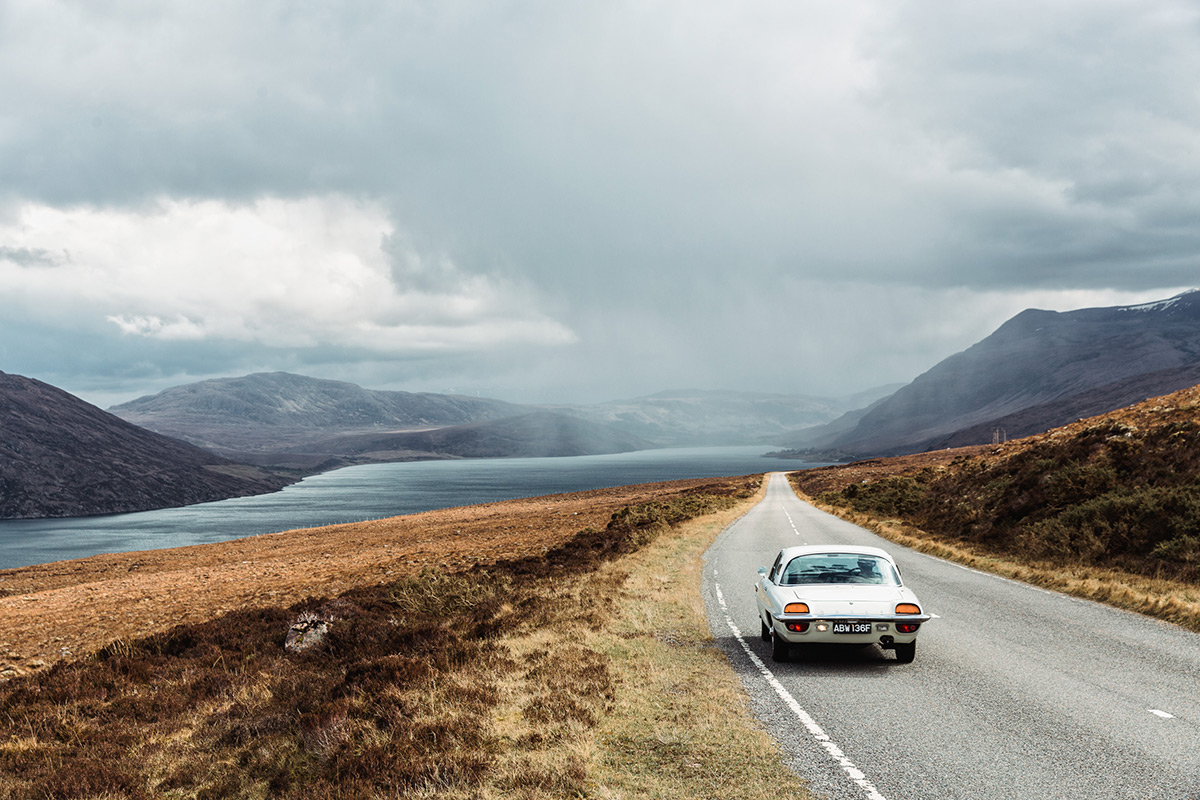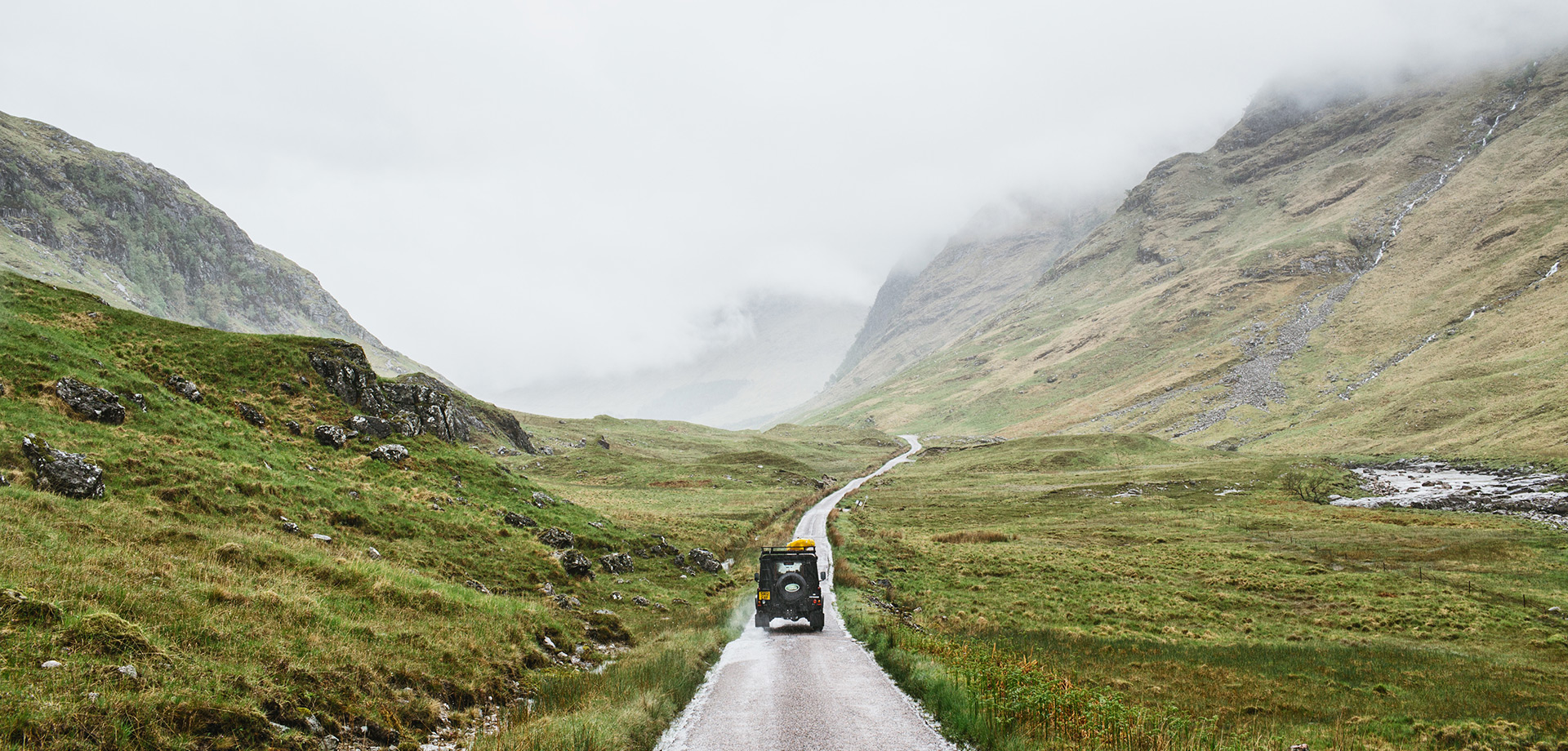Meet Finn Beales.
Why we love him:
Finn's leading lines and imaginative tones are unique to his lens and the stories he chooses to tell. Not only is photography a way for him to capture the dynamic nature of the world, but it is the place from which he finds his purpose. He reminds us to pick up our cameras and photograph the places that breathe beauty into us.
Years behind the camera:
I've been shooting for over 10 years now.
Describe your photography style in 3 words.
Cinematic, Contemplative, Story-driven

Picture this: You are driving down the side of the road and pull over to take a photo. What makes you stop?
Photographs are two-dimensional — an x and a y axis — so I’m always looking for leading lines that create a third axis/dimension, such as rivers, roads, shorelines or the edges of forest. A lot of my work is quite graphical in nature, but I try very hard to inject some emotion or energy into a scene. I think it’s fairly easy to shoot ‘technically perfect’ landscape images today — cameras are so good they’re almost foolproof and it’s crazy what you can do in the edit with programs like Photoshop. However, it’s much more difficult to elicit an emotional response from a viewer… that's the trick I think.

What was the best piece of photo advice you were given when you were first starting out?
Ditch the zoom lens, and learn to love the constraints associated with shooting at a fixed focal length. Moving your feet instead of a zoom ring will make you a better photographer. That Robert Capa quote still stands today: "If your photographs aren't good enough, you're not close enough.”


One look at your feed and we've never seen fog look this good. What are your tips for shooting in cloudy weather?
I will generally overexpose by a stop. Water droplets in fog or mist make light scatter more than it would otherwise and this can make scenes more dimly lit. In addition, fog makes the air much more reflective to light, which often tricks your camera's light meter into thinking that it needs to decrease the exposure. Fog therefore usually requires some positive exposure compensation, just as you might make when shooting in the snow.


You are someone who understands the power of printing out your experiences. What would be your best advice for transferring photos from digital to print?
We live in an age of one click photo filters that are excellent for batch processing images and making them look awesome on screen. Editing photos for print and for screen are two different tasks. I make sure I do the following before submitting my files to print:
1. Monitor brightness — First, set the scene. Turn your display to full brightness and then down again by 6 stops (halfway). By reducing the brightness, you will be able to replicate the environment your images will experience when applied to paper.
2. Resolution — The resolution required for a good print depends on how large you are wanting to print your images. However, a good rule of thumb is to ensure your image is between 150—300 DPI. You can typically view & change your DPI through your computer's native photo editor.
3. Color Profile and File Type — You'll also need to ensure the color space is the same as that which your printer uses before exporting. For instance, if you're using AU to print your work, be sure to convert your images to sRGB and export as a jpeg before uploading (your phone photos are already in this format).


Name 3 people you love to follow:
Chris Ozer, Leila Peterson, Benjamin Heath




Why is photography important to you?
I absolutely love this line by Hunter S. Thomson. It’s taken from a letter he wrote to a friend on the topic of finding your purpose in life: "A man must choose a path which will let his abilities function at maximum efficiency toward the gratification of his desires…. In short, he must not dedicate his life to reaching a pre-defined goal, but rather choose a way of life he knows he will enjoy. The goal is absolutely secondary: it is the functioning toward the goal which is important."
Photography is a way of life for me. It’s my purpose.








